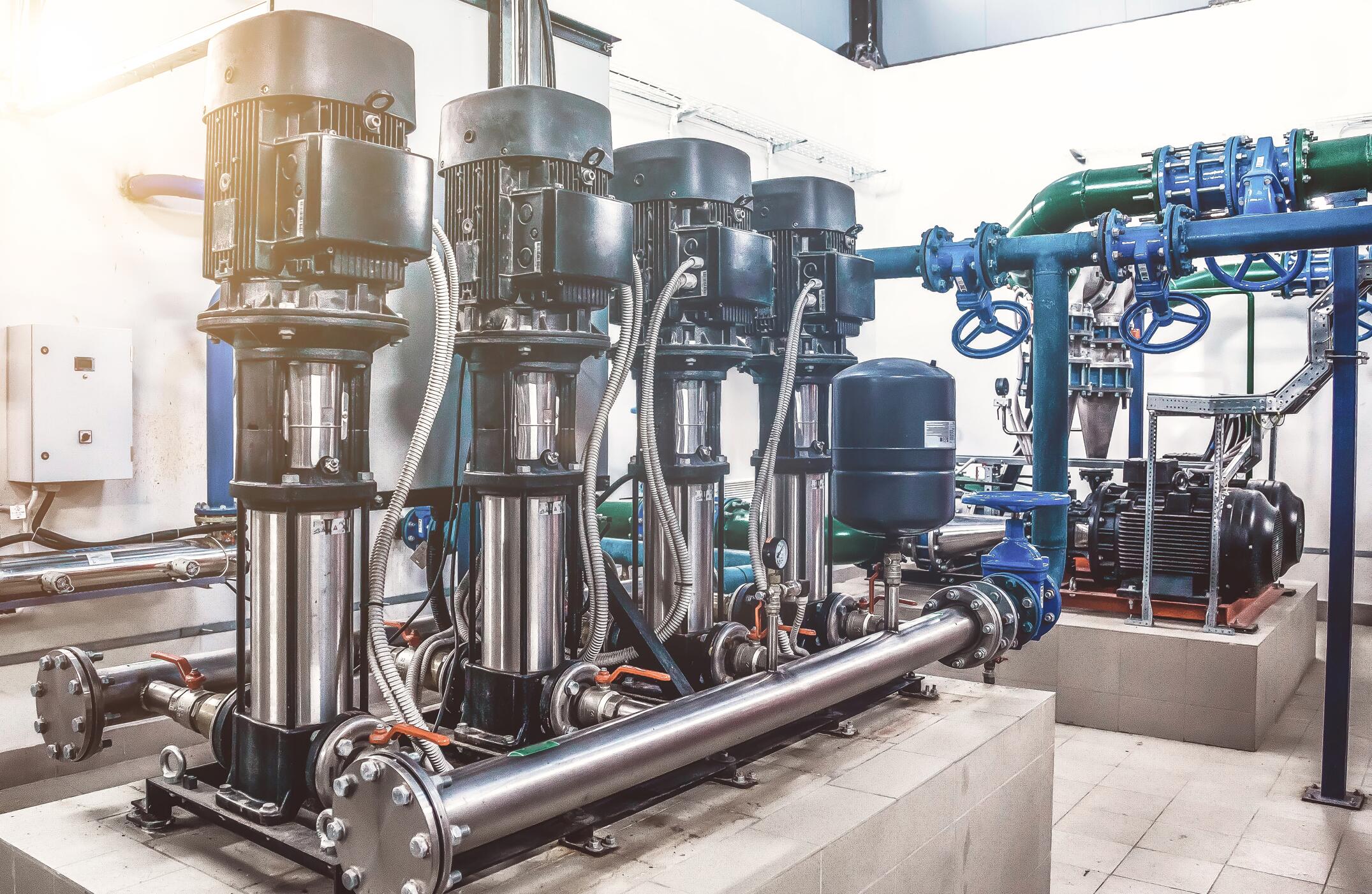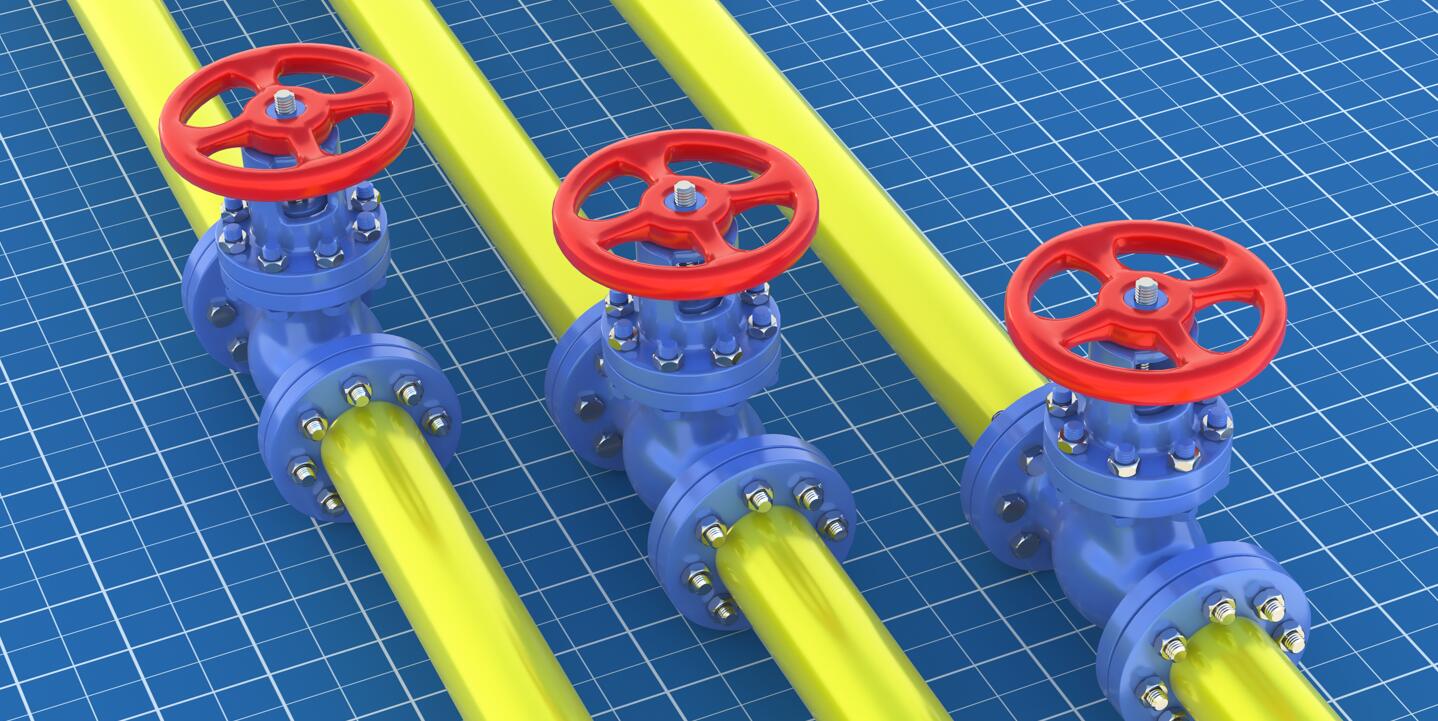In the industrial field, valves are a key engineering equipment used to control fluid flow. With different processes and applications, there are various types of valves to choose from. This article will delve into two common industrial valves, diaphragm valve and rotor valve, and compare their characteristics, advantages, and application scenarios to help you make wise decisions when choosing.
Diaphragm valve
Features:
Diaphragm structure: Diaphragm valves are named after their special structure, which includes an elastic diaphragm, usually made of rubber or synthetic materials. When the diaphragm is compressed, it closes the valve, and when the diaphragm is released, the valve opens, allowing fluid to pass through.
Leakage free design: Due to the working principle of diaphragm valves, they usually have excellent sealing performance and can effectively prevent fluid leakage.
Corrosion resistance: The material selection of diaphragm valves ensures good corrosion resistance, making them suitable for applications handling corrosive media.
Wide applicability: Diaphragm valves are widely used in various industries such as chemical, pharmaceutical, food processing, water treatment, etc., especially in situations where pollution or fluid leakage needs to be avoided.
Advantages:
Excellent sealing and leak proof performance.
Suitable for high viscosity, particulate matter, and corrosive media.
The structure is relatively simple and the maintenance cost is low.
Able to achieve precise flow control.
Rotor valve
Features:
Rotating structure: The operation of a rotor valve is controlled by rotating or rolling mechanical components to control fluid flow. The most common type is a rotary screw valve.
High precision control: Rotor valves typically provide highly accurate flow control, suitable for applications that require precise proportioning and flow rate.
High temperature and high pressure: Some rotor valves are designed to adapt to high temperature and high pressure conditions, suitable for applications in extreme environments.
Low leakage rate: The design of rotor valves usually has a low leakage rate, which is very important for some industries with strict leakage requirements.
Advantages:
High precision flow control and stability.
Suitable for high-temperature and high-pressure environments.
Low leakage rate helps to save fluids and reduce costs.
Capable of handling high viscosity and particulate matter.
How to choose a suitable valve
When selecting diaphragm and rotor valves, the following factors need to be considered:
1. Application requirements:
Firstly, you need to understand your application requirements. Diaphragm valves are usually more suitable for applications that require leakage prevention, corrosion resistance, and pollution avoidance, while rotor valves are more suitable for applications that require high-precision flow control, high-temperature and high-pressure environments, and high leakage requirements.
2. Fluid properties:
Consider the properties of the fluid you are dealing with, including viscosity, temperature, pressure, and chemical properties. This will help determine which valve type is more suitable for your application.
3. Cost and Maintenance:
Consider the purchase cost, maintenance cost, and lifespan of the valve. Diaphragm valves typically have lower maintenance costs, while rotor valves may require more frequent maintenance.
4. Flow control requirements:
If you need high-precision flow control, rotor valves may be more suitable. But if your application requires more leak resistance, diaphragm valves may be a better choice.
5. Environmental factors:
Consider the environmental factors of the application, such as temperature, pressure, corrosive environment, and pollution risk, to ensure that your valve can operate normally under these conditions.
Conclusion
Diaphragm valves and rotor valves are important types of industrial valves, with their unique characteristics and advantages. Choosing the correct valve type depends critically on your application needs and environmental conditions. It is crucial to conduct sufficient research and evaluation before making a choice to ensure that your process and experiments can run efficiently and reliably. I hope the comparison and guidance provided in this article can help you make wise decisions and choose the valve that suits your needs.





